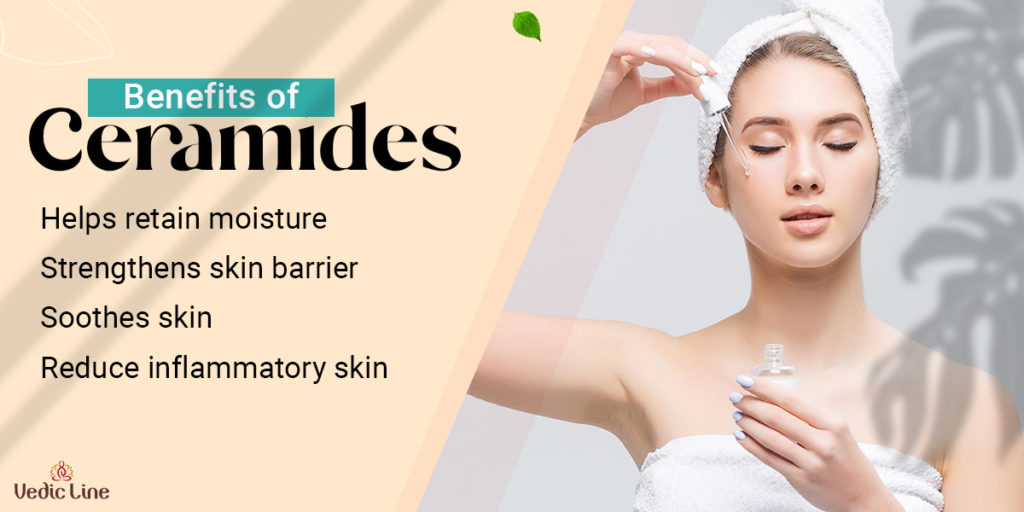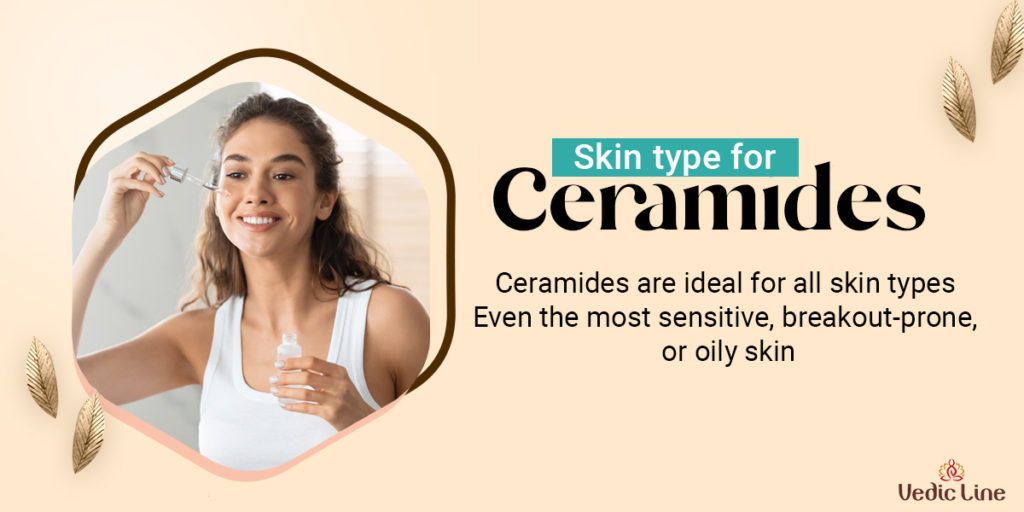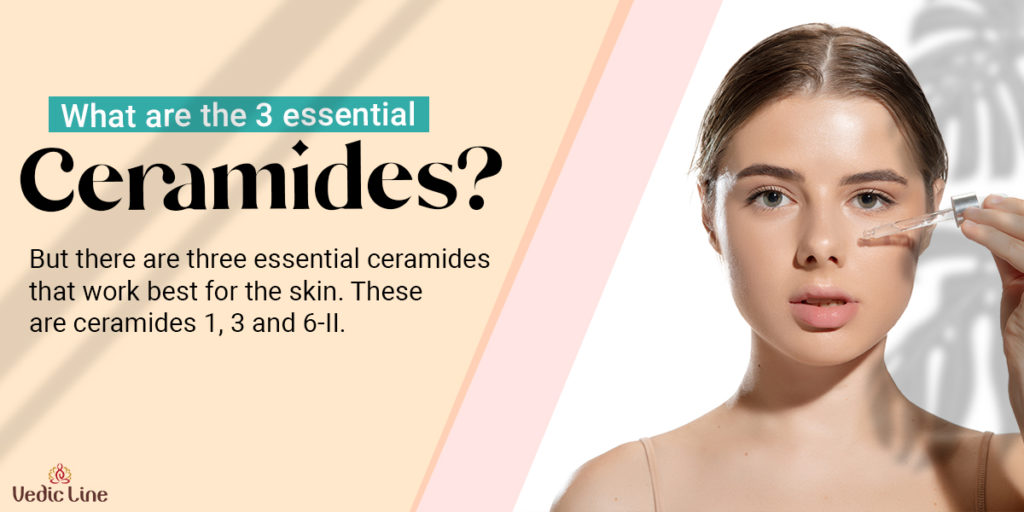Whatever your aesthetic objectives are, having healthy skin is quite helpful. Ceramides for skin at the moment the most widely used ingredient in the skincare sector. But what are these ceramides in skincare exactly, why are they important, and how should they be used?
The structure and function of the skin’s barrier depend on ceramides, which are lipid molecules. They guard the skin against damaging factors and prevent it from losing moisture. Ceramides are produces in human body, but as people age, their levels in the skin decline.
Skin that is drier and more sensitive is only a couple of the problems that might result from ceramide deficiency. To improve the health of the skin, ceramide cream or ceramide moisturizer for oily skin can be used topically or as a supplement. These can enhance the health of the skin, according to several research.
Learn more about the advantages of ceramides and any potential drawbacks they can have for the skin by reading on them.
-
Product on sale
 Fig & Honey Moisturizer₹168.00 – ₹440.00
Fig & Honey Moisturizer₹168.00 – ₹440.00 -
Product on sale
 Eucalyptus & Rosemary Moisturizer₹168.00 – ₹240.00
Eucalyptus & Rosemary Moisturizer₹168.00 – ₹240.00 -
Product on sale
 Aromatherapy Moisturizer₹160.00
Aromatherapy Moisturizer₹160.00
Skin Benefits of Ceramides
Ceramides for face provide massive benefits for the health of the skin:

1. Keeping Skin Barrier Strong
Both the natural aging process and excessive use of abrasive soaps or exfoliant can cause the skin to lack ceramides.
Ceramide levels fall, which weakens the stratum corneum, or outer protective layer, of the skin and promotes the growth of tiny fissures. This skin barrier degradation may make infections and skin irritation more likely to happen. The skin barrier is kept healthy and working correctly by replenishing depleted ceramides.
2. Improving Hydration
Ceramides for skin can increase hydration and help to retain moisture. Dehydration may lead to dry, cracked skin.
Transepidermal epidermal water loss can be brought on by a compromised skin barrier (TEWL). The quantity of water that evaporates from the skin’s surface after passing through the epidermis, a layer of skin, is referred to this water loss. TEWL can make the skin dry and inflamed, which makes inflammatory conditions like psoriasis, acne, and eczema more likely to occur.
3. Skin Renewal for Aging
Because of the loss of structural proteins like collagen, elastin, and keratin, our skin ages and changes. Along with other processes that contribute to the breakdown of the skin barrier, this causes the skin to grow thinner and exhibit visible signs of aging, such as wrinkles, creases, and drooping.
4. Providing Protection from UV Damage
Exposure to UV rays and sunshine is the primary cause of 90% of visible skin changes such as wrinkles, fine lines, and pigmentary changes. Since it is a direct result of a lifetime of sun damage, dermatologists refer to this as photoaging.
Water-retentive ceramides for skin prevent moisture loss. Skin that is adequately hydrated can aid in minimizing the appearance of fine lines and wrinkles, which are typically more noticeable when the skin is dry.
Adverse effects on the skin
The vast majority of people find topical ceramides to be safe, helpful for most skin types, and unlikely to cause any harmful side effects. Nevertheless, users need to be aware that various cosmetic products frequently contain additional substances in addition to ceramides.
As with any new component of a skin care program, it is therefore advised to conduct a patch test prior to using it on your face. Apply a tiny amount of the chemical to the skin, then wait 24 hours to observe whether there is any reaction.
Due to the inclusion of gluten, soy, nuts, or shellfish, nutritional supplements containing ceramides may cause allergies.
Who should use ceramide-containing products?

1. Maintain dry skin. Ceramides can replenish moisture levels in skin that is dry or flaky.
2. Have a skin issue that is inflammatory Ceramides, might provide additional moisture and defense against bacteria that might prolong any irritation in people with eczema and rosacea.
3. Are creating a skincare program that combats aging. Keep in mind that natural ceramide levels fall as we become older. Use a ceramide product to keep your skin supple and elastic.
4. Enhance the health of your hair. With a little ceramide love, dyed, damaged, or dry hair will recover its lustre.
Uses for ceramides
Skin cleanser: – Ceramides are present in certain cleaners, yes. Use face washes once or twice daily.
Moisturizers and creams: – Before you apply sunscreen in the morning or before going to night, apply these. Particularly if you put them on as soon as possible after a shower or bath, they’re excellent for sealing in moisture.
Serums: – Ceramides-containing serums should be used after cleaning but before moisturizing. Be aware that sometimes retinol and ceramides are mixed to fight fine wrinkles. Applying SP should be done with additional caution if you’re using retinol in any way.

Ceramides natural sources
Natural ceramides for skin, as opposed to manufactured ceramides, are present in the skin, not in skin care products. Plant-derived ceramides can boost skin ceramides because they share chemical similarities with them. Ceramides can be found in the following foods: Wheat, Rice, Corn, and Sweet Potatoes.
Skincare Items Containing Ceramides
There are many skincare items that include ceramides, including:
- Moisturizers
- Cleansers
- Serums
- Toners
Last Words
Lipids called ceramides are necessary for the structure of the skin. They improve the barrier function, assisting in halting moisture loss and preserving the hydration and suppleness of the skin. The skin barrier protects the body from environmental pollutants, irritants, and diseases. If you ignore it, infections and other skin conditions may arise.
As humans age, they inevitably lose ceramides. Ceramide levels can be raised, though, using dietary supplements or topical ceramide creams. These items could strengthen the skin’s protective barrier, boost moisture, protect the skin from UV rays, and revitalise aging skin.
In general, ceramides are secure. They shouldn’t have any unfavourable side effects, either. To check if they are allergic to any of the product’s constituents, users should do a patch test on a tiny patch of skin before to use.











